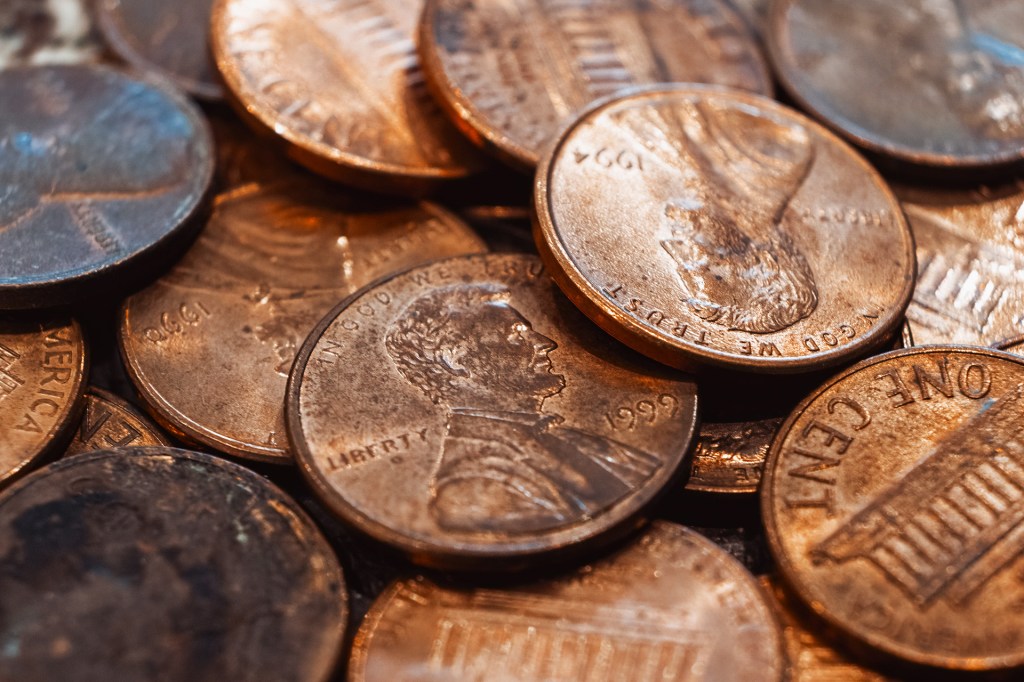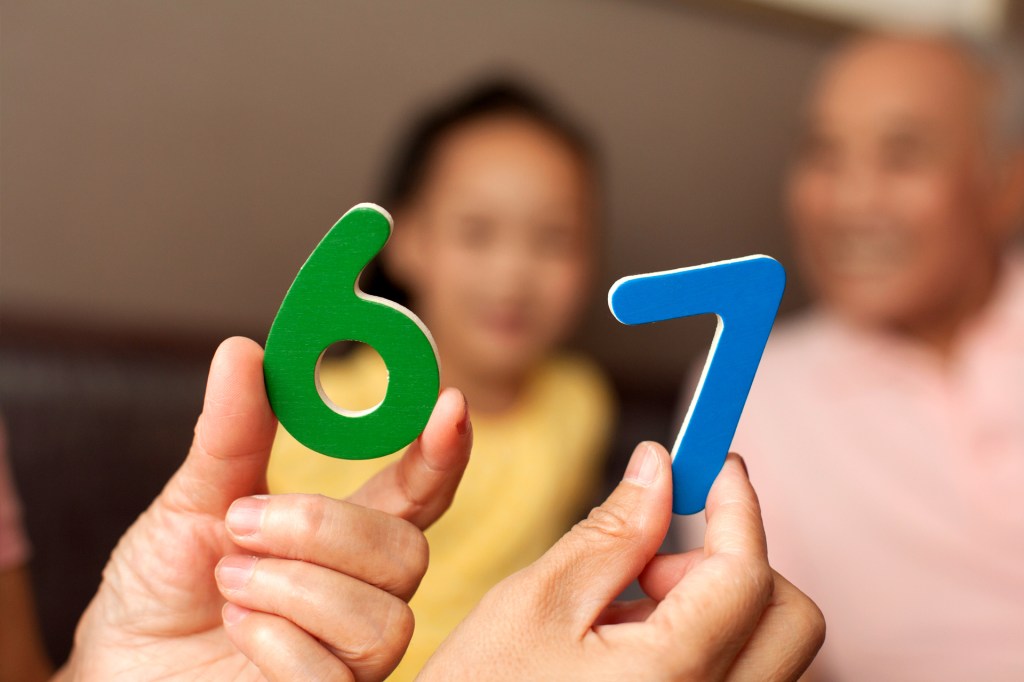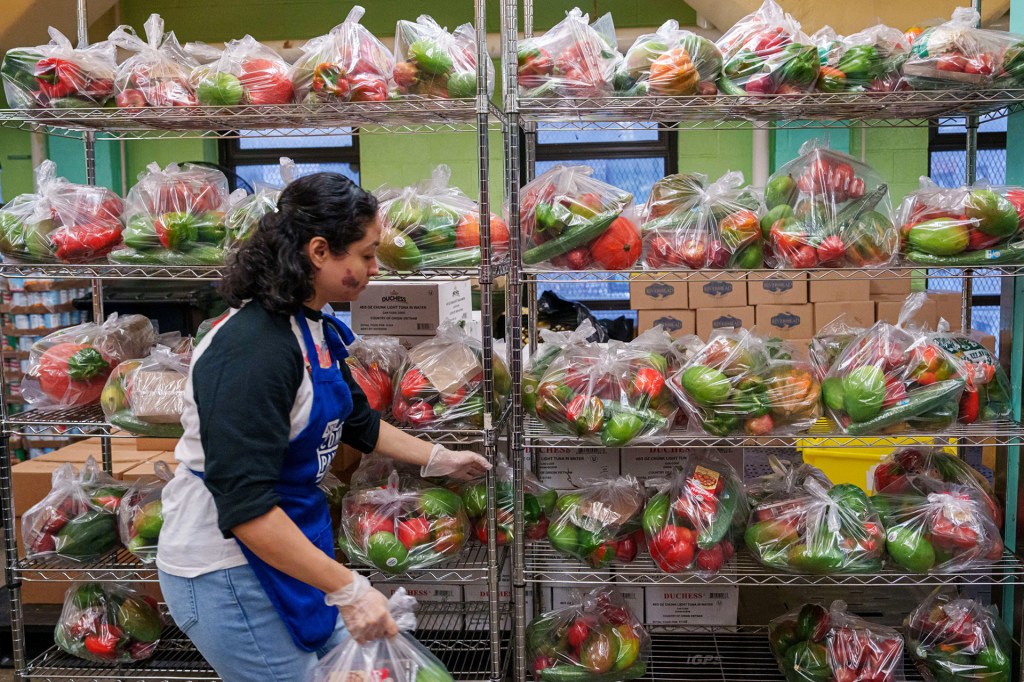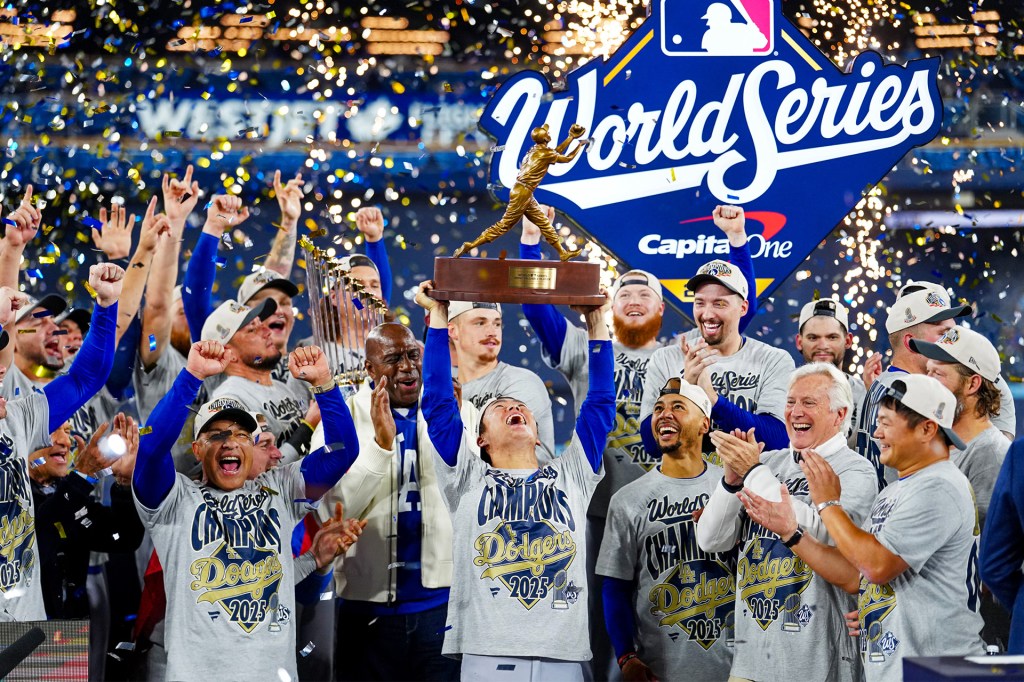Calling for Change
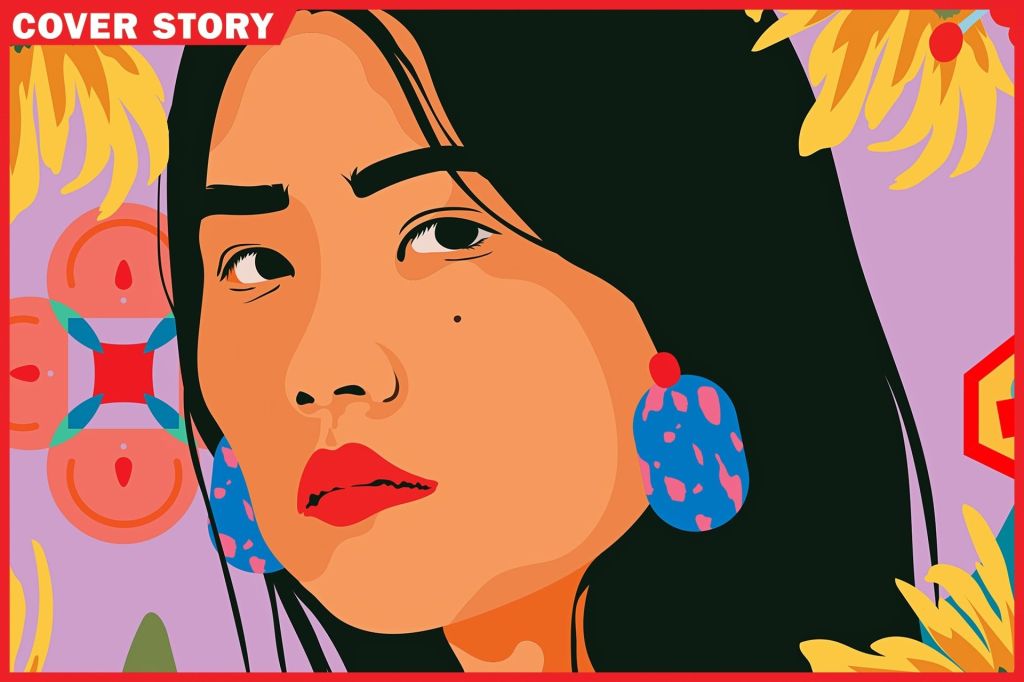
On March 28, Mina Fedor, 12, led a rally with her friends Bee, Anna, Juno, and Mila. It took place in Berkeley, California. More than 1,200 people joined them. The girls led a crowd onto a bridge across a freeway. They posted signs that spelled “♥ Our Asian Community.”
“We were grateful that so many people showed up,” Mina told TIME for Kids.

YOUNG VOICES Kids stand up against anti-Asian prejudice, in Berkeley, California, on March 28.
LIN YUMina and her friends are troubled by recent attacks against Asian Americans. Violence and discrimination against Asian Americans have risen since the pandemic started, in early 2020. Elderly people are often targeted.
Recent attacks against Asians are based on a false belief. This belief is that they are responsible for the coronavirus. The virus was first identified in China in late 2019. But no one person, group, or country is to blame for the coronavirus pandemic.
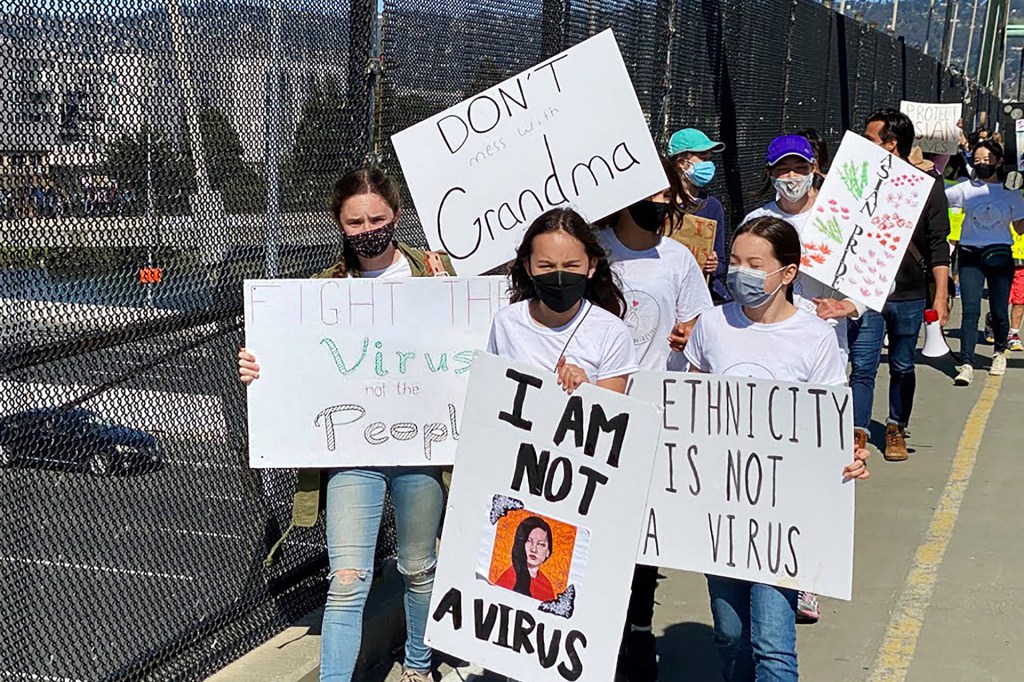
ON THE MARCH Mina Fedor (center) and friends lead a rally near San Francisco Bay on March 28.
IVANA LEERussell Jeung cofounded Stop AAPI Hate. (AAPI stands for “Asian Americans and Pacific Islanders.”) The group started collecting reports of anti-Asian hate incidents last year. “We were immediately flooded with hundreds of them,” Jeung recalls. Since then, the group has received more than 3,795 reports.
A Troubling History
Discrimination against Asians in the U.S. isn’t new. It began in the 1850s. That’s when Chinese immigrants arrived. They were seen as a threat to white workers’ jobs. In 1882, Congress passed the Chinese Exclusion Act. It banned most Chinese immigration. Bans continued until the 1940s. They told Asians they were not wanted, Ellen Wu says. She’s a professor at Indiana University. “Sometimes, Americans told Asians they were unwelcome through violence,” Wu told TIME for Kids. “Ultimately, they expressed it in the law.”
Chinese people fought the Exclusion Act in court. Asian Americans still advocate for themselves today. “They have pushed back and stood up” for respectful treatment, Wu says.
But many people are unaware that Asians experience racism. They believe that Asians are more successful than other minority groups. In fact, Asians are unfairly held up as an example to other groups (see “The Model Minority Myth
myth
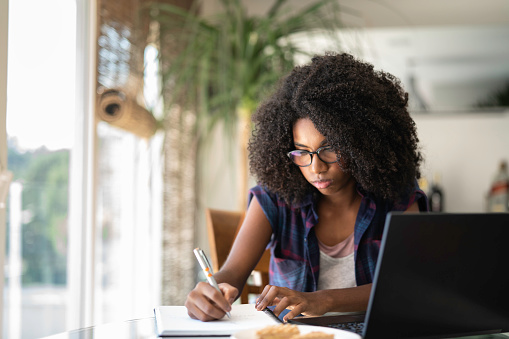 FG TRADE—GETTY IMAGES
a false idea
(noun)
The student made sure that her report was based on facts and not myths.
”).
FG TRADE—GETTY IMAGES
a false idea
(noun)
The student made sure that her report was based on facts and not myths.
”).
All of Us Together
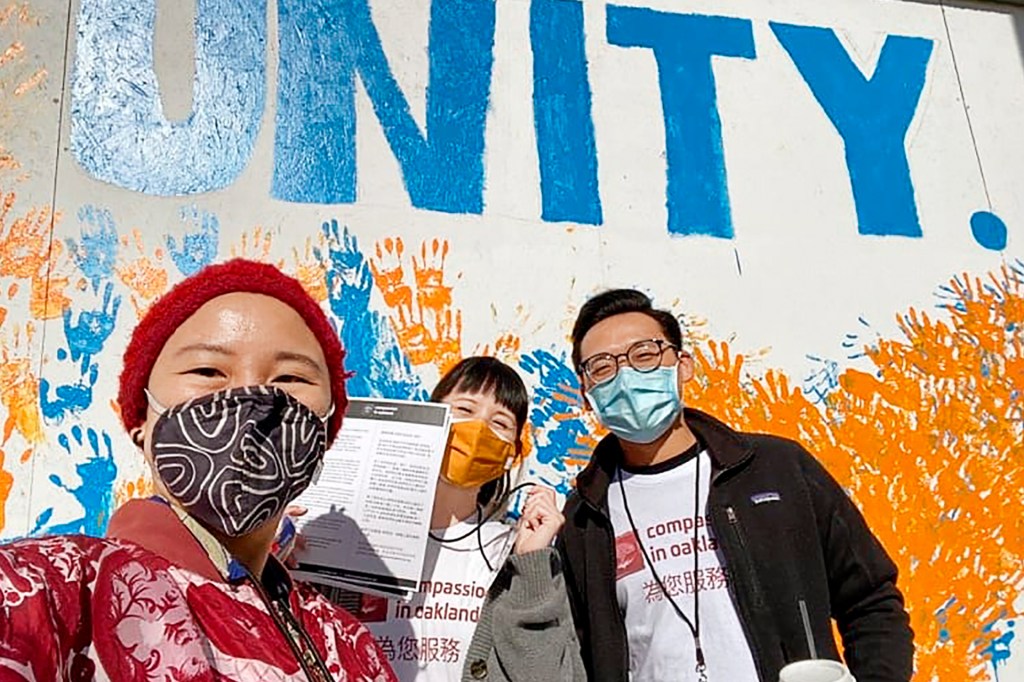
WE ARE ONE Compassion in Oakland volunteers pose for a photo while on neighborhood patrol in February.
KASEY NGHIA PHAMJessica Owyoung is a cofounder of Compassion in Oakland, in California. The group pairs Asian-American elders with volunteers. The volunteers walk with them around town. “Elders feel alone and scared,” Owyoung says. The way to make them feel safer, she says, “is to physically be there for them.”
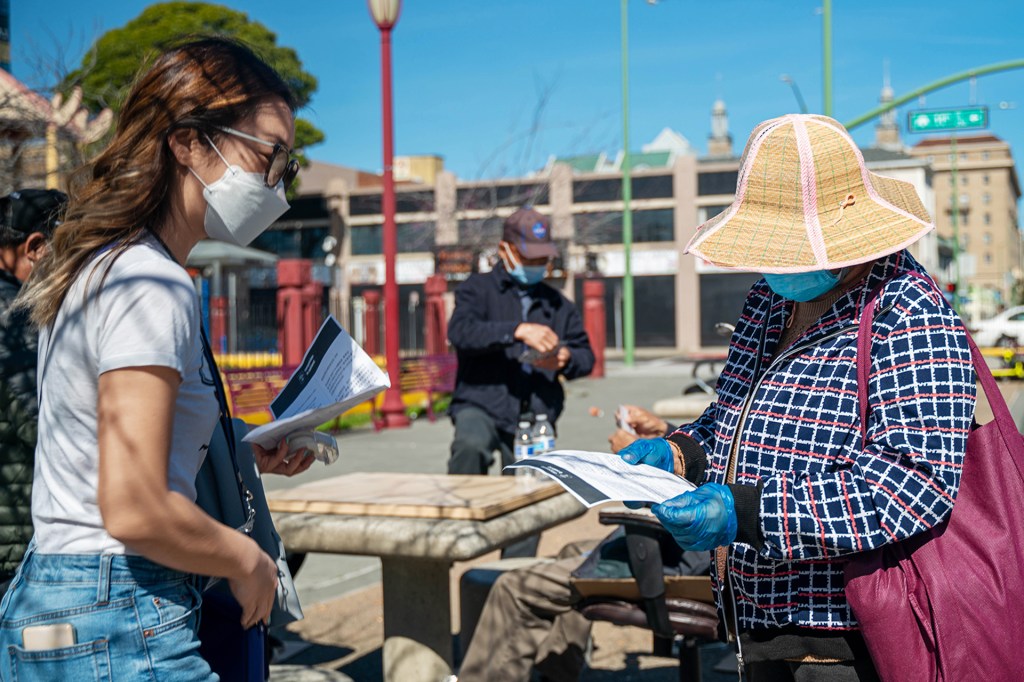
HELPING HAND A volunteer for Compassion in Oakland meets with an Asian-American elder in February.
KASEY NGHIA PHAMPresident Joe Biden has announced anti-racism actions. These are to benefit Asian Americans. “Hate can have no safe harbor in America,” he says.
For Mina and her friends, showing you care can go a long way. “It’s important to be an ally
ally
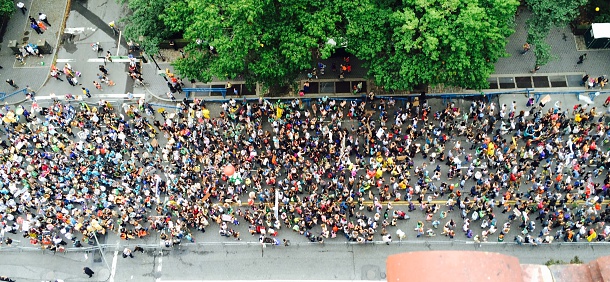 YOUNG SAM GREEN / EYEEM—GETTY IMAGES
a person or group that provides help or support in a struggle
(noun)
Marching in protests and making donations are two ways to be an ally to a community in need.
,” her friend Mila says. “We’re all doing our part to help the cause.”
YOUNG SAM GREEN / EYEEM—GETTY IMAGES
a person or group that provides help or support in a struggle
(noun)
Marching in protests and making donations are two ways to be an ally to a community in need.
,” her friend Mila says. “We’re all doing our part to help the cause.”
The Model Minority Myth
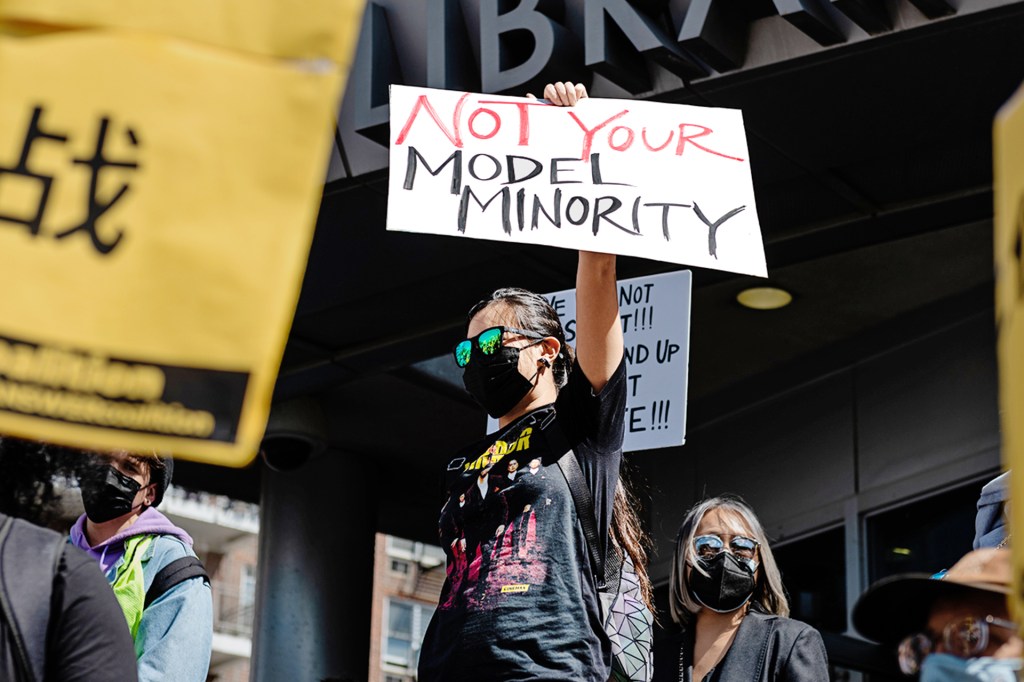
The model minority myth is a widespread idea that Asians work harder and value education more than other minority groups do. This idea is harmful. It leads to the false belief that Asians do not face racism and discrimination.
The myth also creates false beliefs about other groups. “Working hard and valuing education and family—these are values common to all communities,” Wu says.





